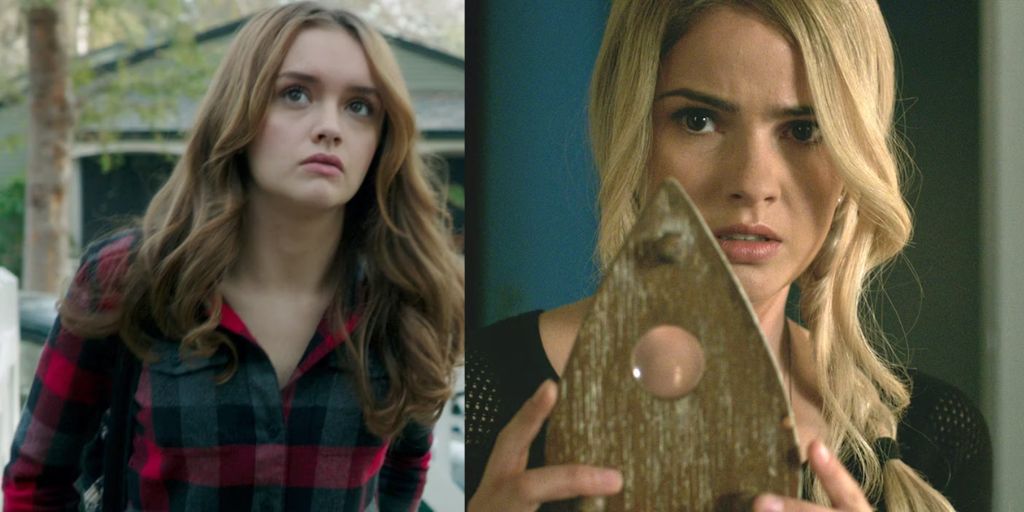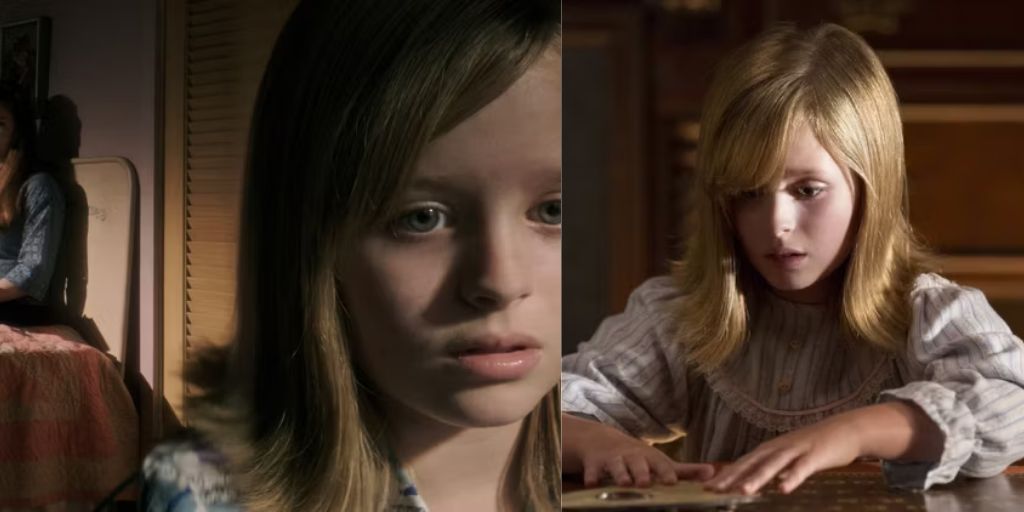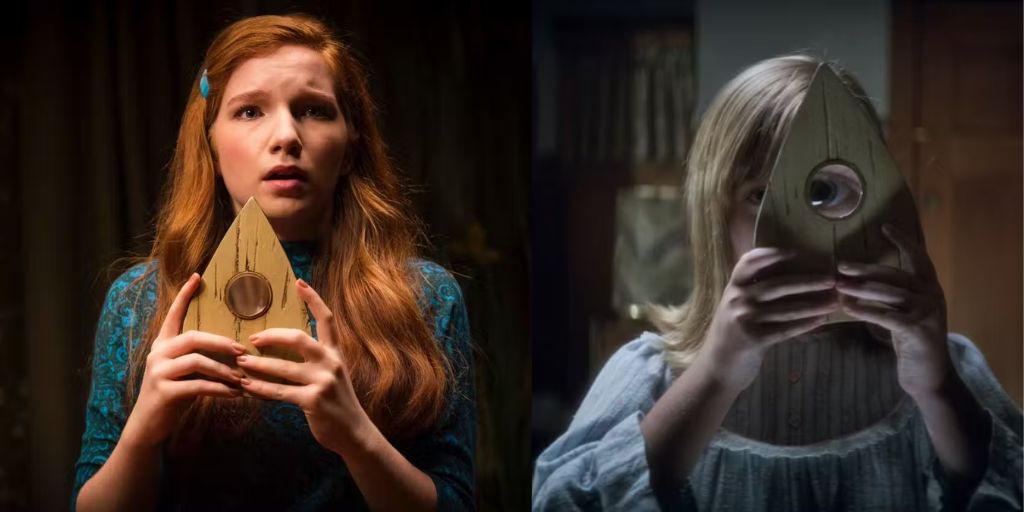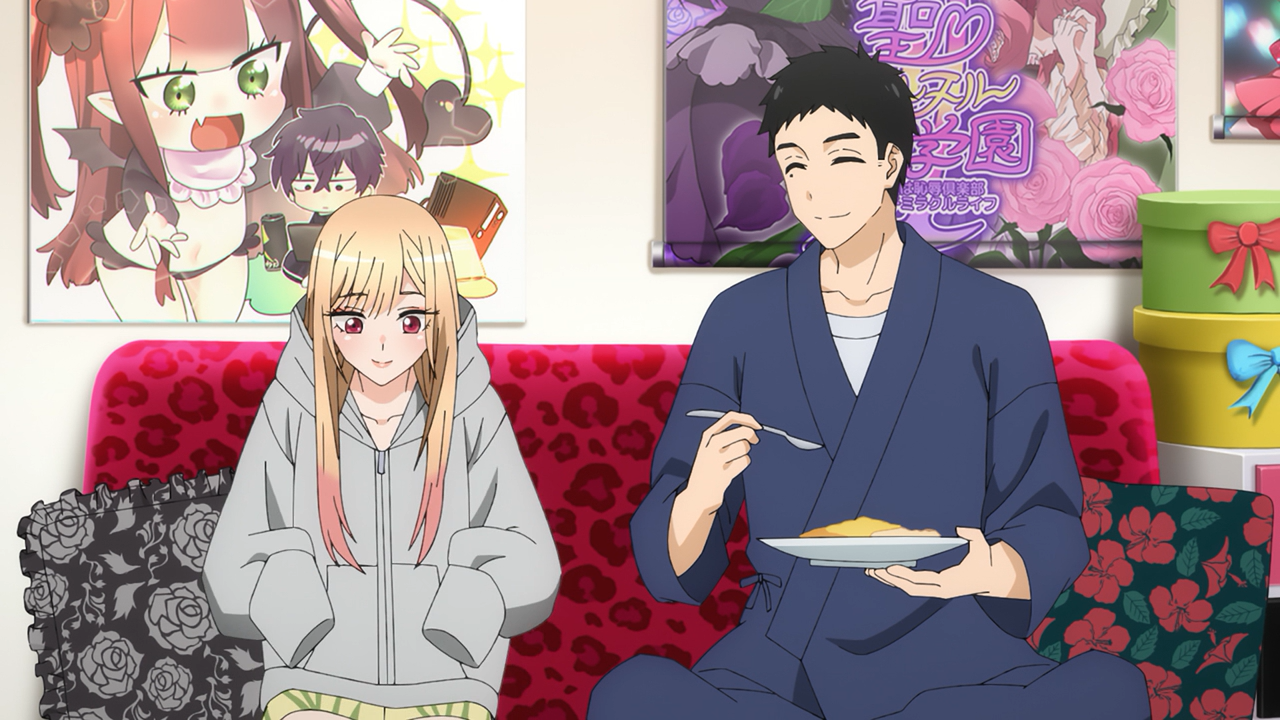Mike Flanagan’s reluctance to make horror sequels is well-known. The writer-director, famous for his chilling films like Absentia, Oculus, Hush, and Before I Wake, expressed his aversion to sequels and remakes to Esquire in 2016. He described himself as having “an allergy to sequels and remakes in general.”
Despite his disinterest, he was approached by Universal Pictures and Blumhouse Productions to work on a sequel to Ouija, a film from 2014 that, while not well-received critically, had been financially successful.
Universal executives, in collaboration with Jason Blum of Blumhouse Productions, sought a filmmaker who could address the issues of the original movie. Even though Flanagan was not keen on the idea, Blum offered him almost complete creative freedom.
The result was Ouija: Origin of Evil, Flanagan’s fifth feature film and his first project with a major studio. Flanagan crafted a film that stands strong on its own, independent of its predecessor.
Ouija: Origin of Evil has received widespread acclaim, a stark contrast to the original Ouija’s dismal Rotten Tomatoes score of 6%. In comparison, Origin of Evil boasts an impressive 84% rating. This success is a testament to Flanagan’s ability to turn a flawed movie into something genuinely exceptional.
The Plot of the Original ‘Ouija’
To appreciate how Ouija: Origin of Evil improves upon its predecessor, it’s essential to understand the limitations of the original film. Directed by Stiles White from a script by White and Juliet Snowden, the 2014 Ouija follows a group of college students dealing with a tragedy.
The story begins with Debbie Galardi (Shelley Hennig), who dies by suicide. Her death leaves her close friend, Laine Morris (Olivia Cooke), devastated. In an attempt to find closure, Laine convinces her friends to use a Ouija board found in Debbie’s room to contact her spirit.

The decision to use the Ouija board leads to disastrous consequences. The group experiences unexplained deaths, and Laine’s skepticism about the supernatural fades as she encounters a ghostly figure named “Mother.” As Laine goes into the history of Debbie’s house, she discovers nothing but more tragedy.
What Made ‘Ouija’ Fall Short
Unfortunately, Ouija fails to deliver a compelling horror experience. The film’s primary flaw is its lack of excitement. It follows a predictable plot with generic characters that fail to evoke any real emotional investment. The film’s horror elements feel routine, lacking genuine suspense.
The prologue, featuring Debbie’s suicide, sets up the story but fails to establish meaningful emotional connections. The dialogue is uninspired, and while Olivia Cooke’s performance adds some depth to her character, the script does not support the cast effectively.
The film’s visual style also falls flat. The few promising shots and deaths lack impact, and the PG-13 rating limits the film’s ability to be genuinely frightening. Even the jump scares fail to elicit more than a mild reaction. Ouija suffers from a lack of originality and tension, making it an unremarkable entry in the horror genre.
The Success of ‘Ouija: Origin of Evil’
In contrast, Ouija: Origin of Evil succeeds where its predecessor faltered. Mike Flanagan, known for his talent in creating engaging characters and atmospheric horror, brings a fresh perspective to the film.
Origin of Evil is set in 1967 and explores the Zander family—mother Alice (Elizabeth Reaser) and her daughters, Lina (Annalise Basso) and Doris (Lulu Wilson). The Zanders run a séance scam to make ends meet after Alice’s husband dies in a car accident.
When Doris starts using a Ouija board, she begins hearing voices she believes are from her father. However, the house is actually haunted by numerous tortured souls, including those experimented on by a Nazi doctor and buried in the basement.
The Zanders’ attempts to exploit the Ouija board lead to terrifying encounters, as malevolent entities begin to possess Alice and terrorize the family.
Flanagan’s Creative Vision
Mike Flanagan’s creative freedom played a significant role in Ouija: Origin of Evil’s success. He praised Universal and Blum for their lack of interference, stating that they prioritized making a good movie over adhering to the first film’s rules.
Flanagan’s vision for the film was influenced by classics like The Exorcist and The Changeling. He used antique lenses and film techniques to recreate the feel of 1960s horror movies. This attention to period detail and style helped Origin of Evil stand out.

Flanagan’s focus on character development is evident in Origin of Evil. The film features well-rounded characters and realistic emotional experiences.
Alice, Lina, and Doris are portrayed with depth, making their struggles and relationships compelling. The film’s portrayal of grief, family dynamics, and personal challenges adds layers to the horror elements.
Impact and Reception
Ouija: Origin of Evil demonstrates Mike Flanagan’s ability to turn a mediocre concept into a standout film. His approach revitalizes the Ouija franchise with a character-driven story and effective horror. The film’s success highlights Flanagan’s skill in blending psychological horror with supernatural elements.
The film also marks a significant point in Flanagan’s career. It combines his expertise with the resources of Universal Pictures, paving the way for future projects. Ouija: Origin of Evil showcases Flanagan’s ability to create engaging and emotionally resonant horror films.
With his upcoming project in the Exorcist franchise, Flanagan faces a similar challenge. His experience with Origin of Evil indicates that he is well-equipped to tackle the demands of revitalizing a classic horror series. Flanagan’s goal is to make the new Exorcist film resonate with modern audiences while staying true to the genre’s roots.
Ouija: Origin of Evil is a testament to Mike Flanagan’s talent and creativity. It takes a flawed film and transforms it into a memorable and effective horror experience. The movie is available for streaming on Netflix and stands as a strong example of how a skilled filmmaker can direct even the most challenging projects.




